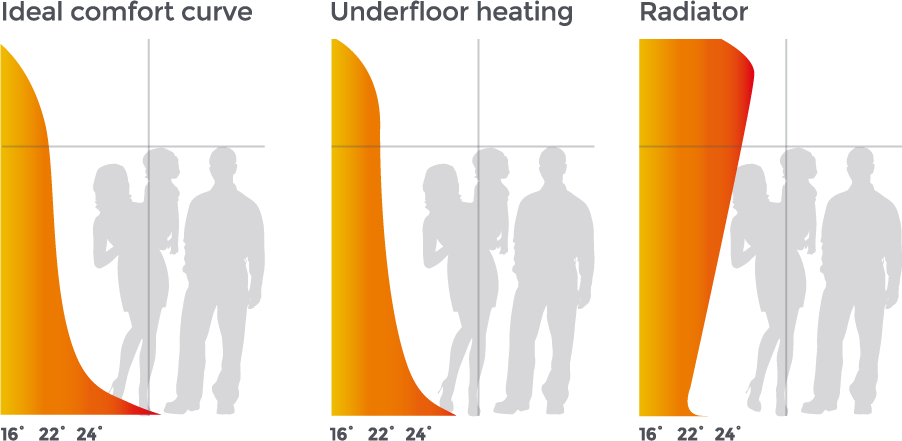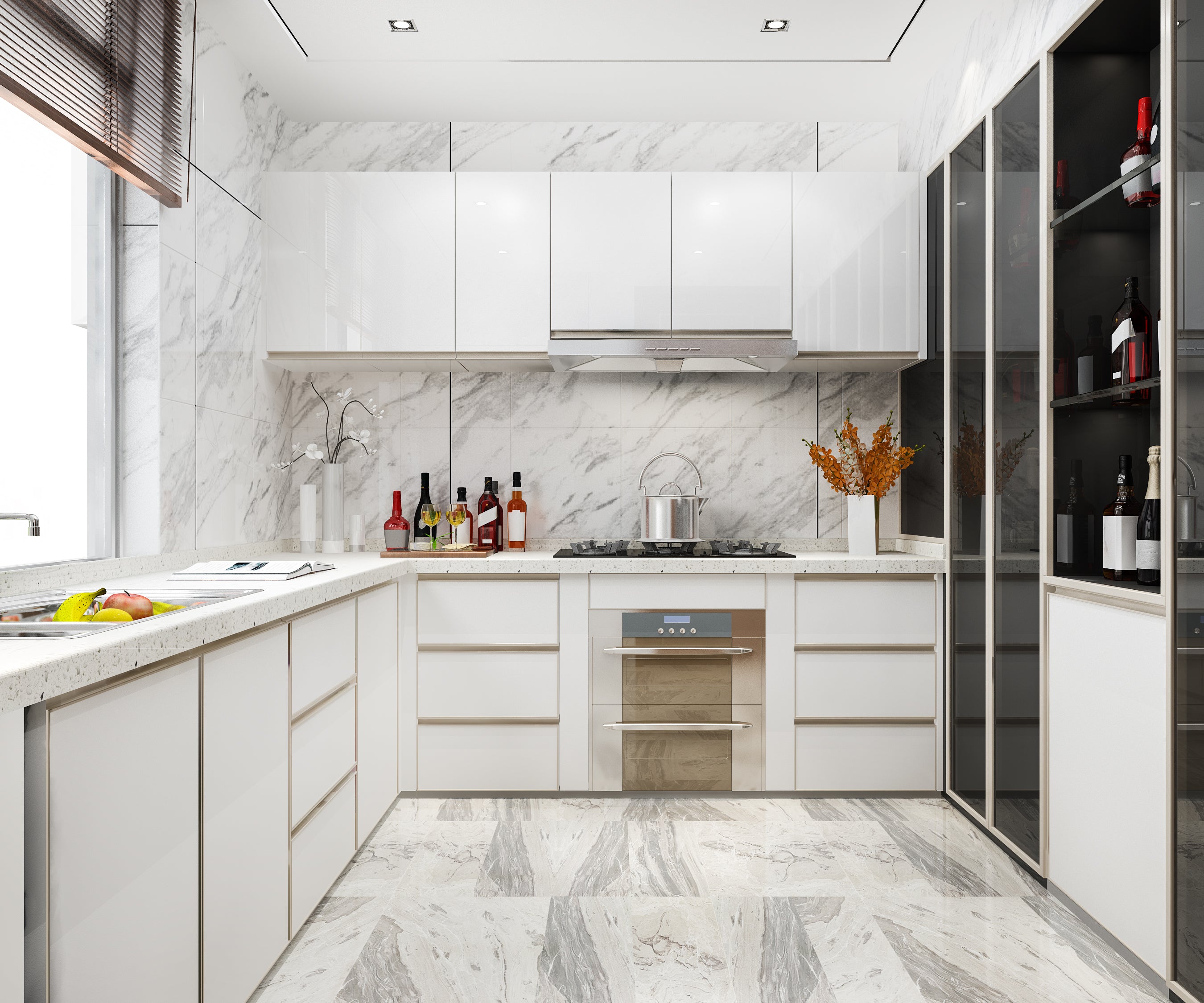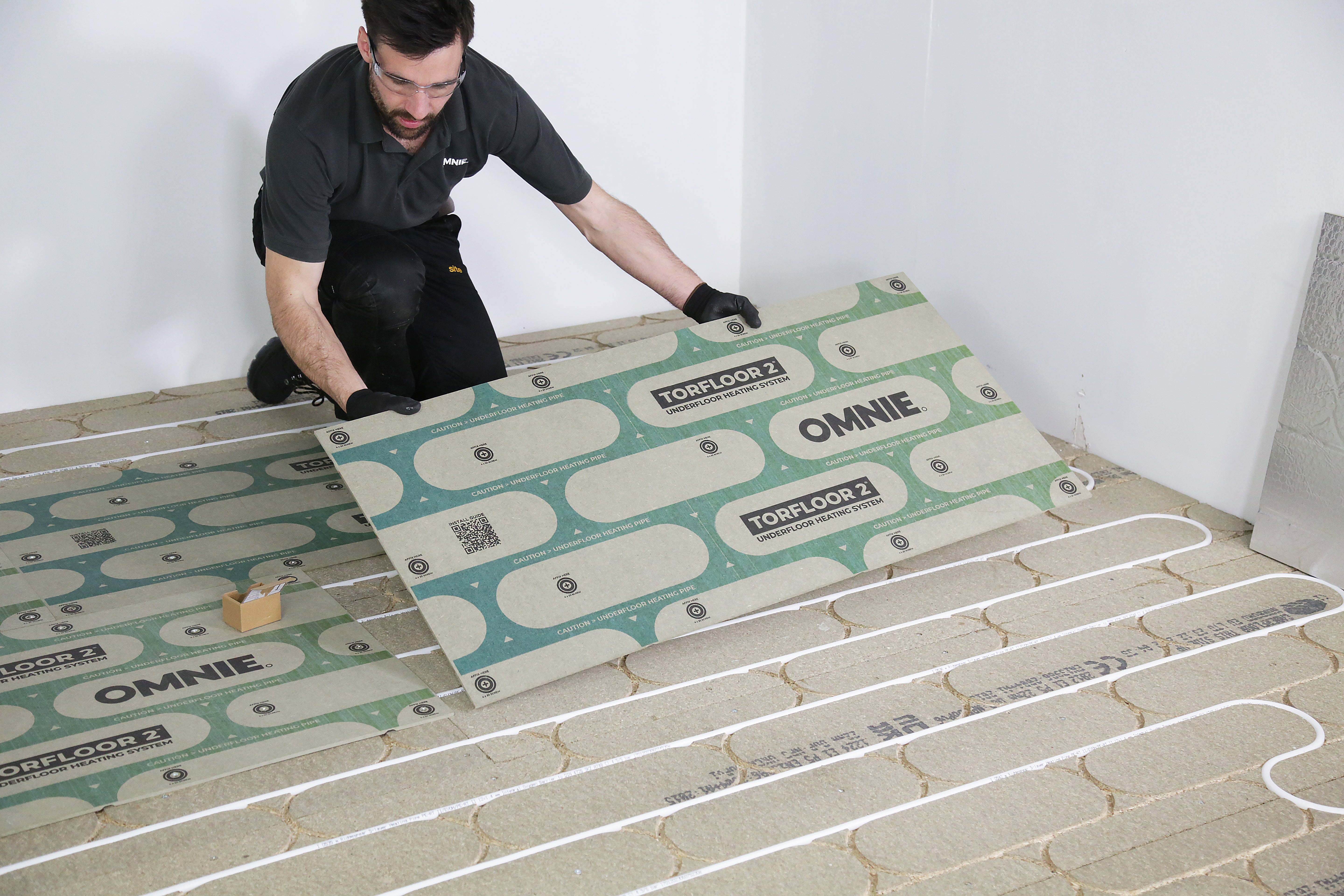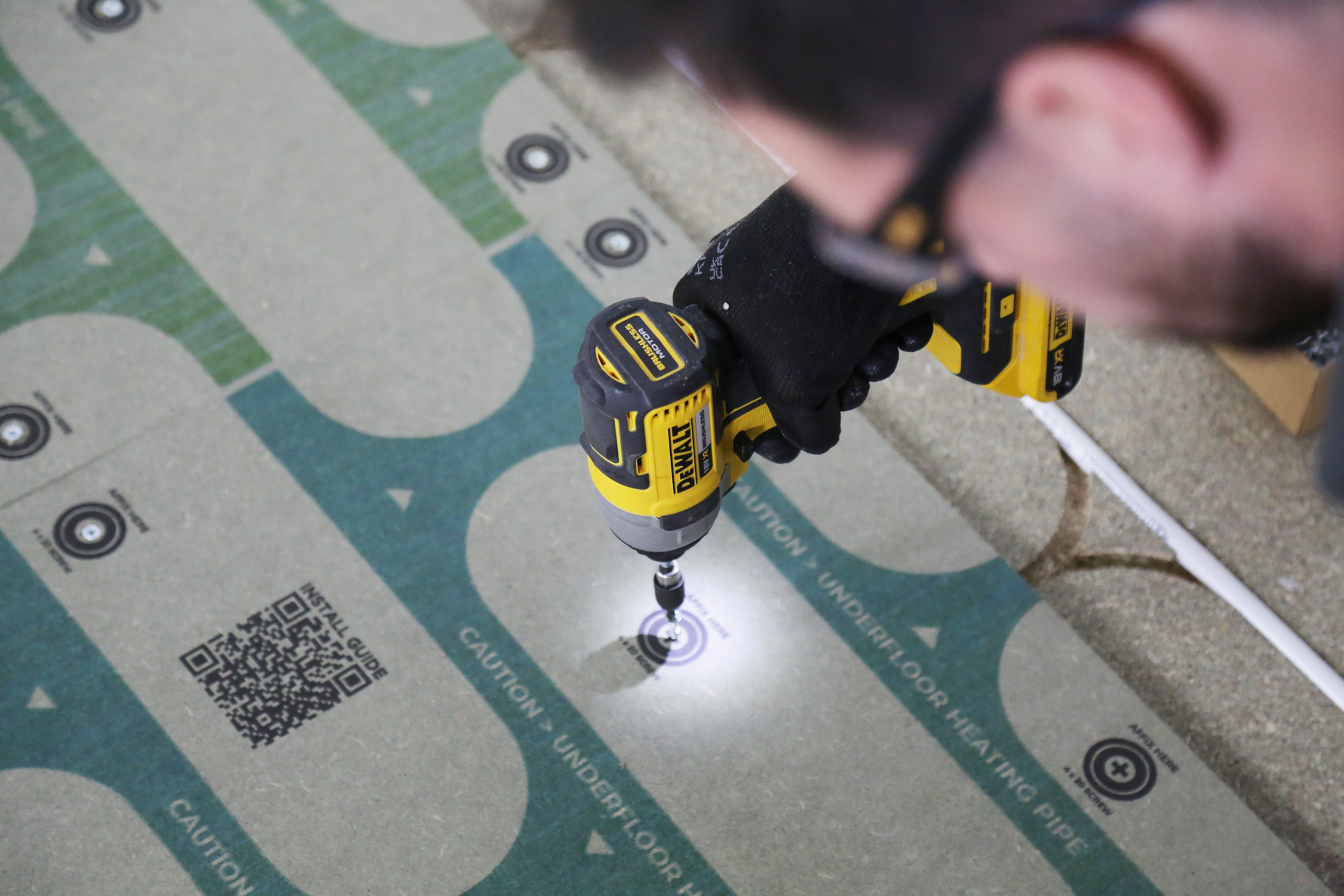Underfloor Heating - All You Need to Know
Underfloor heating not only maximises space but also outperforms traditional heating systems in terms of efficiency. While it might seem like a complex topic, the concept is straightforward: warm water is distributed through a manifold and circulated via pipes beneath the floor, delivering consistent warmth throughout the room.
Why underfloor heating works is essential when choosing your home's heating solution
Underfloor heating systems come with a host of benefits, including enhanced comfort, reduced airborne dust and allergens, and the freedom to furnish your space without the constraints of radiators. Water-based underfloor heating, in particular, lowers running costs and reduces carbon emissions, making it an eco-friendly and cost-effective choice. It works efficiently with any heat source, ensuring optimal performance and long-term savings.
Warmth & Comfort
Underfloor heating warms a room using radiant heat and this is more comfortable than heating a room by air alone, as you do with radiators. We get a similar feeling of comfort from the sun. This makes underfloor heating better than radiators in many ways, providing more even heat distribution without cold spots.
Wellbeing
Underfloor heating provides a balanced level of radiant heat and air warming. If the heating is provided by high air temperatures, this can dry the skin and eyes. Warming the floor also reduces the occurrence of dust mites that cause allergies. Additionally, proper underfloor heating systems operate quietly, eliminating the noise issues often associated with traditional heating methods.
Renewables
In general, renewable heat is easier to produce efficiently at low water temperatures. Good underfloor heating uses low temperature water and this is why these systems are best suited to renewable energy. The most efficient underfloor heating systems can operate at temperatures as low as 35°C, making them perfect partners for heat pumps and renewable energy sources.
Create a comfortable home with Underfloor Heating

How does underfloor water heating work?
Underfloor heating works by circulating warm water through pipe embedded within the floor construction. Heat from the pipe is transferred into the floor and then into the room, providing enough warmth to heat the building all year round.
This removes the need for radiators by making more effective use of the space, as well as eliminating any high temperature surfaces. An underfloor heating system generally has a surface temperature between 25˚C and 27˚C, lower than the palm of your hand. A conventional radiator can be as hot as 75˚C.
Can underfloor heating replace radiators completely?
Yes, in most cases. The way in which underfloor heating transfers heat is also different to a radiator. Radiators transfer energy principally by convection, heating the air above and around the radiator causing the air to rise. As the warmed air is more buoyant than the cooler air in the room it will rise to the ceiling. The warmed air, as it crosses the ceiling, will begin to cool and then fall creating a draught.
Make savings on heat output and improve performance with UFH systems
What makes UFH different?
Key Benefits of Our Low-Profile and Dry Installation Underfloor Heating:
Slim, Space-Saving Design
Our low-profile system adds minimal height to floors, making it ideal for retrofits and renovations.
Quick Heating and Cooling
With reduced thermal mass, our system heats and cools spaces faster than traditional systems, giving you more responsive temperature control. This addresses the common concern of how long after tiling can you put underfloor heating on - typically 7-14 days depending on adhesive type.
Energy Efficiency
Built for long-term cost savings, our hydronic systems are an eco-friendly choice with reduced energy consumption over time. With our efficient systems, maintaining consistent low-level heating often proves more economical than cycling on and off.
Ease of Installation
Thanks to its modular, dry-installation method, the system is easy to install, requiring less time and minimal structural adjustment.

Radiators vs Underfloor Heating Comparison
- Equal or higher heat output: Underfloor heating can match or exceed the heat output of traditional radiators.
- Lower water temperatures: Operates at 35-45°C, compared to radiators requiring 60-80°C.
- Energy and carbon savings: Reduced water temperatures lower energy consumption and carbon emissions.
- Fewer draughts: Creates a more consistent and comfortable indoor environment.
- Reduced allergens: Minimises the movement of dust and allergens in the air.
- Design freedom: Allows for more flexible and creative interior design options without the need for radiators.

Electric vs Underfloor Heating Comparison
- Popular retrofit options: Both electric and water underfloor heating systems are widely used for retrofit installations.
- Electric underfloor heating: Ideal for small areas, such as a compact bathroom.
- Water underfloor heating: Better suited for larger rooms or areas. Up to 60% more cost-effective to run than electric systems.
Frequently Asked Questions
What type of flooring is best for underfloor heating?
Stone, ceramic tiles, and engineered wood offer excellent heat transfer, while laminate and underfloor heating work well together when the laminate has good thermal conductivity ratings.
Can you have underfloor heating with carpet?
Yes, you can put carpet on underfloor heating, but choose carpets with low thermal resistance (tog rating below 2.5). Thinner carpets and quality underlay specifically designed for underfloor heating work best. Avoid thick, heavily padded carpets as they act as insulators.
Do you need to bleed underfloor heating?
Traditional bleeding isn't typically required for underfloor heating systems as they're designed as closed-loop systems. However, initial commissioning and annual system checks by a qualified engineer ensure optimal performance and remove any trapped air.
What about rugs for underfloor heating?
Rugs for underfloor heating should be chosen carefully. Use rugs with thermal resistance below 1.5 tog and avoid rubber-backed rugs which can trap heat. Natural fiber rugs generally work better than synthetic alternatives.
How noisy is underfloor heating?
Underfloor heating noise is minimal when properly installed. Water systems are virtually silent, while electric systems may produce very slight clicking during thermal expansion - far quieter than traditional radiators.
Can you have underfloor heating with wooden floors?
Yes, our low-profile design works perfectly with engineered wood, solid wood, and laminate flooring.
Can I install underfloor heating on a concrete floor?
Yes, underfloor heating on concrete floor works excellently. Concrete provides good thermal mass for heat storage, though proper insulation underneath is essential for efficiency.
How do I remove underfloor heating if needed?
How to remove underfloor heating depends on the system type. Electric systems can be disconnected and left in place if changing flooring. Water systems require professional removal, including draining and capping pipe connections.
Running costs
Underfloor heating uses much lower temperatures than radiators. Only needing water at 35-45°C, saving you huge amounts on your utility bills and ready for a net-zero future.
What is SAP rating?
What is a SAP rating?
SAP (Standard Assessment Procedure) rating measures your home's energy efficiency. Underfloor heating typically improves SAP ratings due to lower operating temperatures and improved efficiency compared to traditional heating systems.
Underfloor Heating and SAP
Installing efficient underfloor heating can significantly boost your property's SAP rating, potentially improving your Energy Performance Certificate (EPC) rating and property value.
Why Choose tMSG for Underfloor Heating Installation
At Underfloor Heating Solutions, a division of tMSG, we specialise in integrating cutting-edge underfloor heating systems into your spaces, ensuring comfort, efficiency, and style. Our expert team handles everything from initial consultation to installation and maintenance, ensuring your system operates at peak efficiency for years to come.




